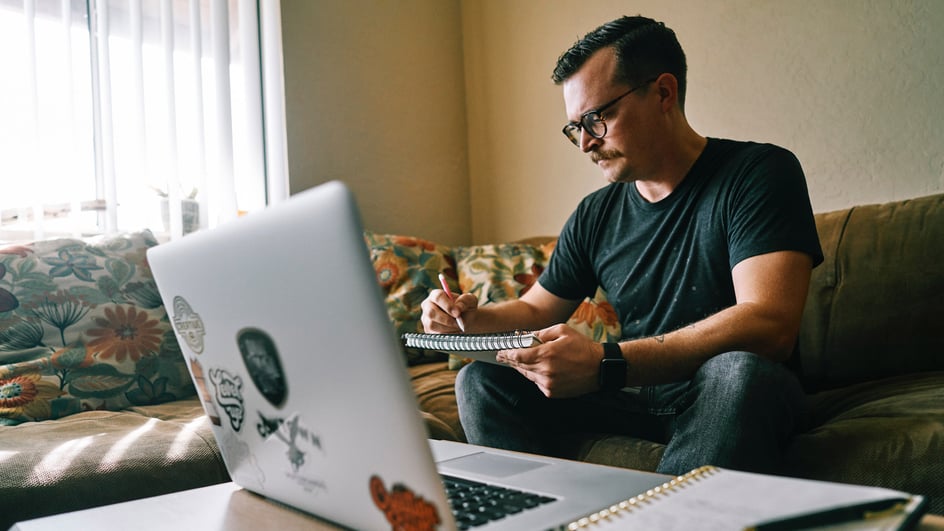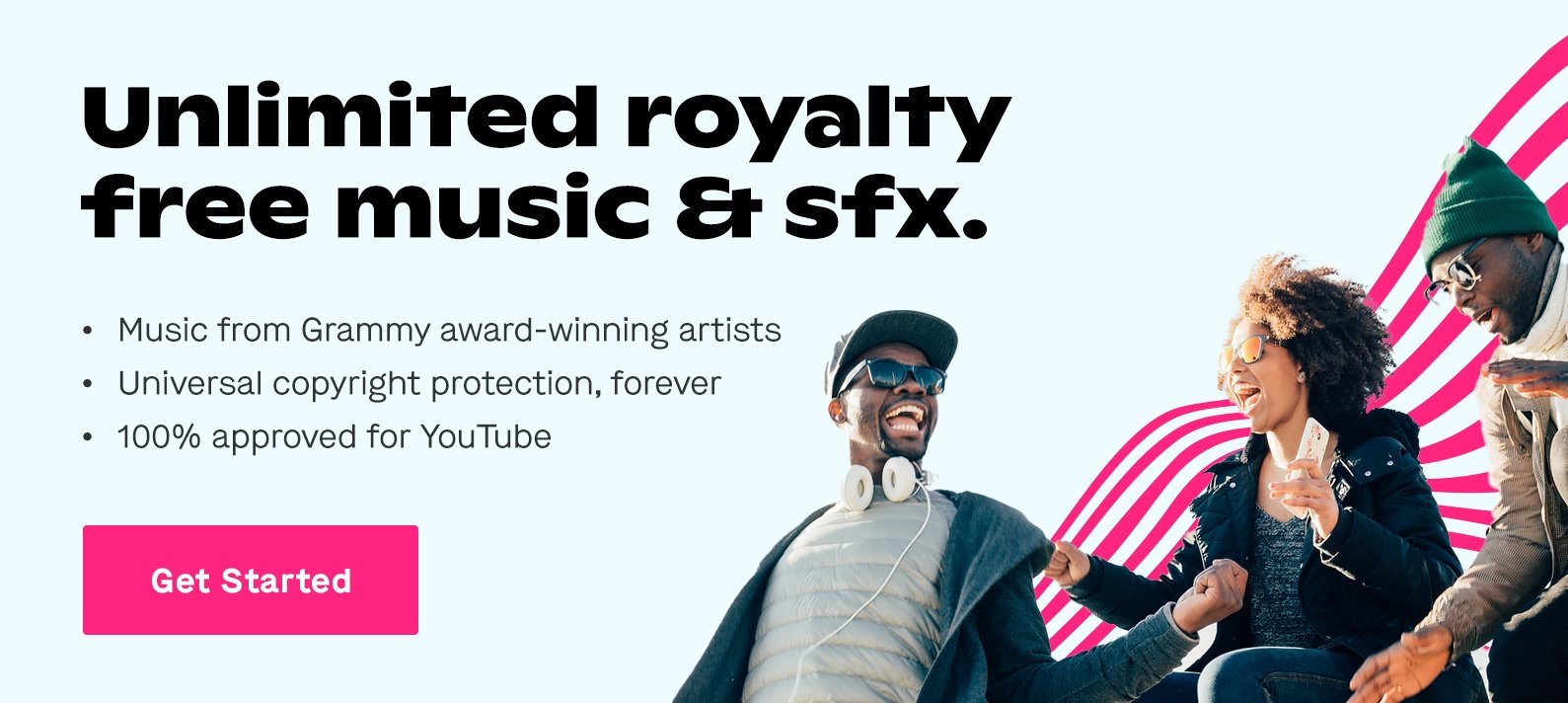
Aug 25, 2020
Social media influencers have turned brand partnerships into an artform. And since influencers have significant pull with their audience, smart companies are looking for opportunities to collaborate with content creators on YouTube.
In other words, branded content is a big deal. It adds professionalism to the YouTuber’s channel, draws interest to the company, and generates revenue for both parties.
If you’re new to branded content (or maybe are still hunting for your first partnership) then this all might seem too good to be true. But it is achievable, and by the end of this article, you’ll know what steps you can take to create your own path to a successful partnership.
So let’s get right to business and break down how YouTubers can start making branded content.
What Exactly Is Branded Content?
First things first: “Is branded content different from a partnership?”
Yes and no. When you think of brand partnerships, you probably imagine people advertising products or services during their videos. (We’ve all seen that on social media, although it’s particularly obvious in YouTube videos.)
But branded content is different. It’s more than just plugging a product or including an impromptu ad during a video. Instead, it basically comes down to indirect promotion.
Here’s an example. One of the most successful — and most powerful — examples of branded content is Dove’s “Real Beauty Sketches” campaign.
You won’t notice any overt marketing, and even the Dove logo at the end feels understated. The focus of the video was on a group of women, and the message is encouraging people to see themselves differently.
Why was it so successful? Because it wasn’t an in-your-face ad campaign. The video went viral (almost 70 million views) because it focused on the stories of real people. It feels more like a short documentary than an initiative from a major corporation.
That’s branded content in a nutshell. It leverages the power and budget of a brand to help someone else present their own message in a new and different way.
How To Find Brand Partnership Opportunities
Branded content is 59% more memorable than traditional ads, and it pushes viewers to look for more content from the represented brands. That makes you — as a Youtuber — extremely valuable to companies that are looking for these opportunities.
Of course, finding a brand to partner with is easier said than done. “Influencer marketing” has grown into a multi-billion dollar industry, but you can’t just send cold emails to your favorite companies and expect them to start writing checks.
You need a plan, a strategy to help you connect with the right people. (And when you break it down, this process isn't so different from the process of starting a YouTube channel. For both, strategy is key.)
The easiest place to start is to do some research. Check out the competition, whether that’s channels with similar audience sizes or channels in your niche (even if they have a bigger audience). Your goal should be to find out which types of partners they have, and that knowledge can help you set realistic expectations for where to start.
Remember that branded content should be mutually beneficial. You want to find brands that will add something to your channel, either by bringing in new viewers or by providing your current audience with valuable information or content.
If you treat these opportunities as a chance to make some money, think twice about how your viewers will react. The worst thing you can do is make branded content that your subscribers see as “selling out” — that’s the fastest way to turn a beneficial collaboration into something that actually hurts your channel.
How To Integrate The Content Into Your Channel
Flash forward a few months. You did all of your research, made a shortlist of companies, got in touch with a few of them, and now have one (or more!) branded content opportunities.
At this point, it may feel like you’re on the fast track to “making it” as a YouTuber. But you still have a few important steps to take in order to make sure that your collaboration is a success — after all, the branded content has to actually work after all your effort.
Set some expectations, both for yourself and for your new partner. Is this collaboration for a single video or a series? Will it be hosted on your channel or co-hosted in multiple spots? What resources (if any) will be made available for you? Do you need merch or physical props? Should you promote the content, and if so, how should you tackle that?
Whether it’s your first brand partnership or your fiftieth, you’ll want to come across as a professional because you want the final product to add some merit to your channel. So thinking through these kinds of questions — and bringing them up with your partner — will make sure your first piece of branded content is a success.
More importantly, it will help you establish good habits for future brand partnerships.
Talk About The Partnership With Your Audience
Any successful partnership comes down to clear communication. At face value, it’s easy to think that applies strictly to your relationship with the company you’re working with. But don’t forget that everything you do on your channel has an impact on your audience.
And as a YouTuber, your relationship with your subscribers is the most important thing you’ve got.
Every video you post needs to bring value to your viewers. You might really want to create branded content and build a partnership, but if the content you produce doesn’t line up with your brand, your audience won’t care about it. Worse, they might actually dislike it.
So yes, there are risks to branded content. You are letting someone else have a voice on your channel, and also have some input on at least one of your videos. And if you worked hard to build your channel, that can make a partnership seem like a dodgy thing.
But if you go about it smartly — if you do your research early on and establish some clear expectations — you can make sure that the branded content will benefit you and your audience.
And if all goes according to plan, the video will attract new traffic to your channel, improve YouTube monetization, and (hopefully) create even more opportunities for you to build and engage with your audience.
